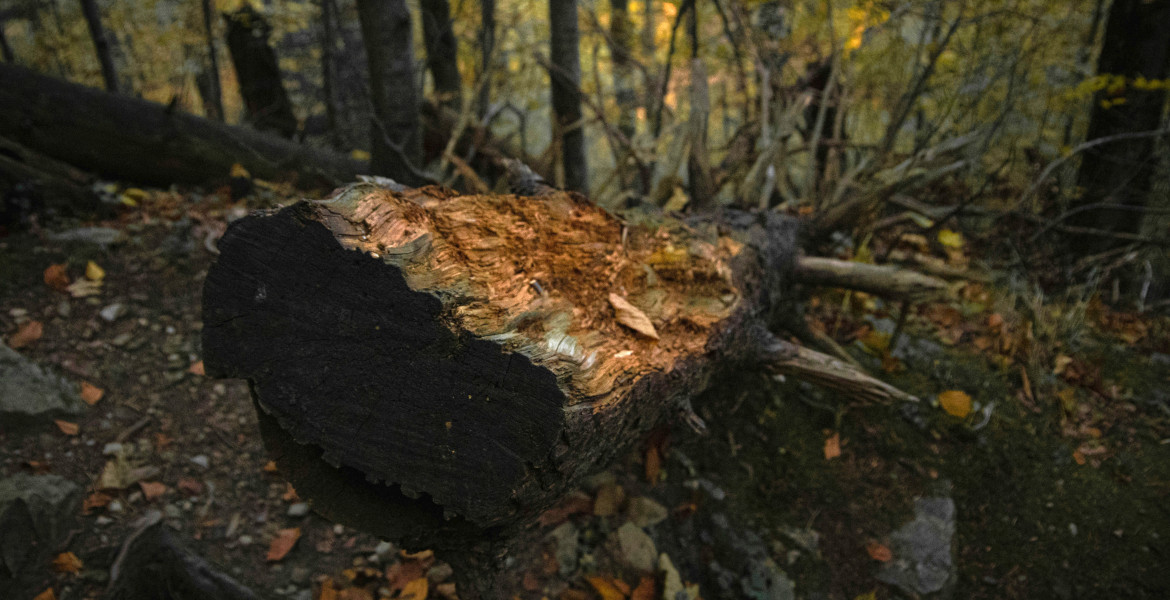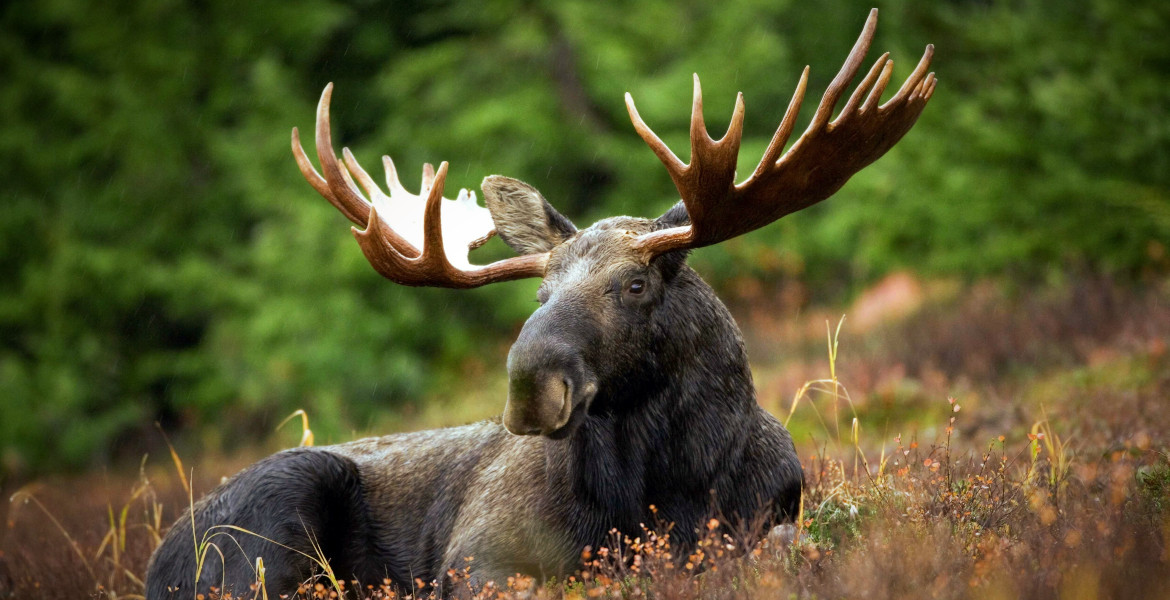The painted lady butterfly (vanessa cardui) can fly over 4200 kilometers and has a route that spans the Atlantic Ocean, research shows. This is the longest distance ever recorded for an insect, and the first time scientists have observed a butterfly flying across the ocean.
It was in October 2013 that Gerard Talavera, a CSIC researcher at the Botanical Institute of Barcelona, identified several painted lady butterflies on the Atlantic beaches of French Guiana. These observations were quite unusual, as this species is not found in South America.
They decided to try to trace the flight paths of the butterflies, which they did by analyzing wind trajectories, and also to study the genetic diversity of the butterflies, which they did by collecting painted lady butterflies from populations on all continents. They found that the specimens observed in South America were related to populations in Europe and Africa. In addition, the researchers analyzed the pollen DNA that the butterflies carried on their bodies and identified two plant species found only in tropical Africa, proving that the butterflies visited flowers in that region.
Finally, the researchers analyzed the stable isotopes of hydrogen and strontium from the butterflies’ wings. The wings retain isotopic signatures unique to the place where they grew up as caterpillars, making it possible to trace their origins. It was found that the butterflies likely originated in Western European countries such as France, Ireland, the United Kingdom or Portugal.
– The painted lady butterflies reached South America from West Africa, flying at least 4200 km over the Atlantic. But their journey could have been even longer, starting in Europe and passing through three continents, implying a migration of 7000 km or more. This is an extraordinary feat for such a small insect, said Clément Bataille, a professor at the University of Ottawa in Canada, in a press release.
With the help of the wind
Scientists have calculated that a flight can take between five and eight days for the butterfly, and without stopping. With the help of the wind, it makes the flight possible.
– The butterflies could only have completed this flight using a strategy alternating between minimal effort to avoid falling into the sea, facilitated by ascending winds, and active flight, which requires more energy consumption. We estimate that without wind, the butterflies could have flown a maximum of 780 km before exhausting all their fat and thus their energy, says Eric Toro-Delgado, one of the authors of the paper.
The researchers highlight the Saharan air layer as a potential ‘highway’ for air dispersion. These wind currents transport large amounts of dust from the Sahara to the Americas and participate in important biogeochemical cycles. They emphasize that the biological components, including living organisms, transported by these winds need further study.
However, this discovery suggests that there may be natural air corridors that connect continents and facilitate the spread of species on a much larger scale than scientists previously thought.
– This discovery opens new perspectives on the capabilities of insects to disperse over long distances, even across seas and oceans. It is possible that we are underestimating the frequency and impact of these movements on our ecosystems, said Gerard Talavera, leader of the study.








